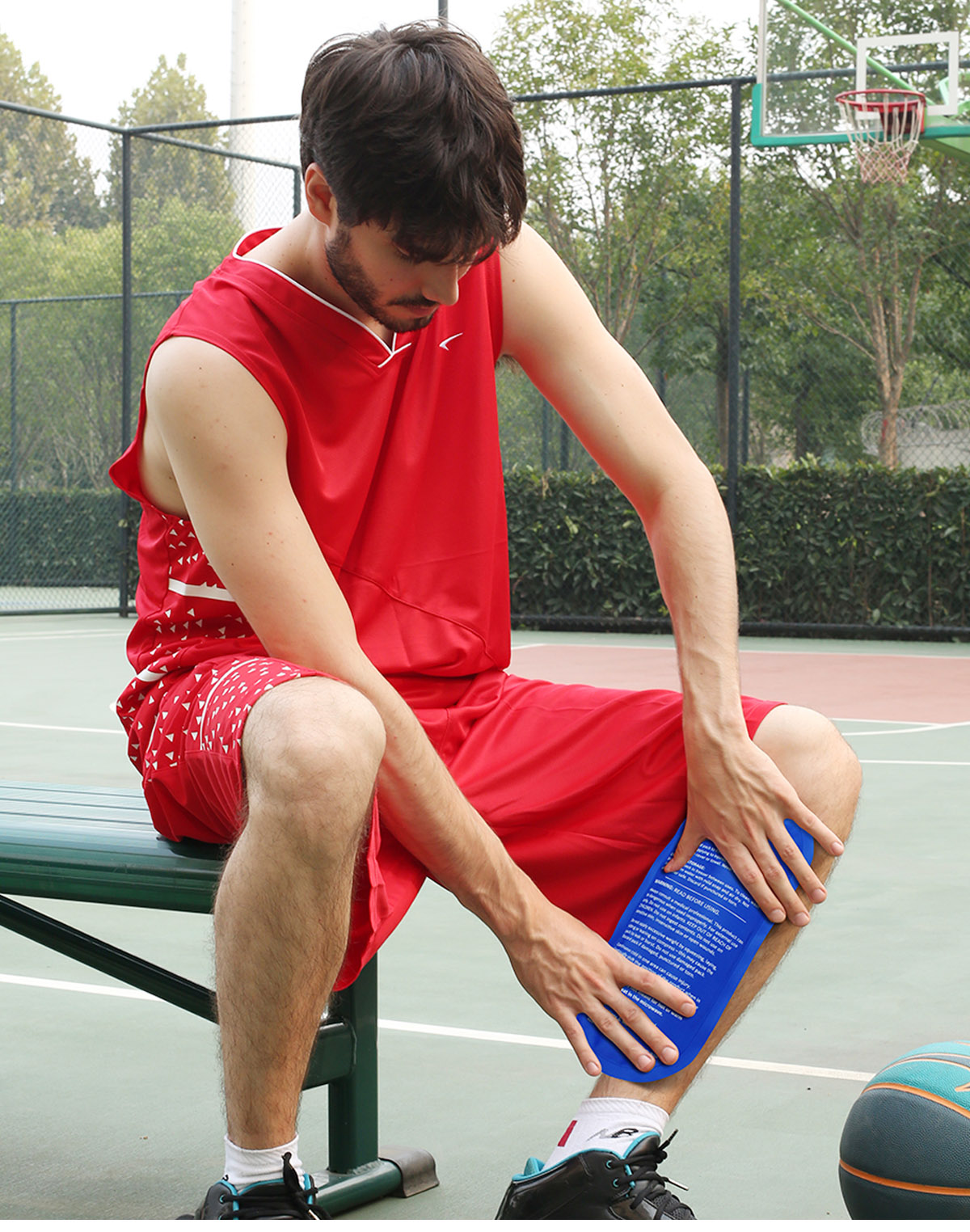Your Position: Home>Infor>FAQ>

When you are injured or experience soreness or chronic pain, you may receive conflicting advice about what to do. Apply heat? Apply cold? Here's an overview of how to use temperature in the healing process.
What is a cold pack?
Popular and effective in treatments to ease pain and swelling from minor injuries, cold packs come in many different varieties. Some are sacks of gel that turn into ice packs in your freezer; others are packets designed to turn cold instantly with a simple squeeze, no refrigeration or freezing required. You can also make your own cold pack by wrapping some ice or a bag of frozen vegetables in a towel.
When should you use a cold pack?
Anyone who has ever sprained or twisted an ankle or pulled a muscle knows that cold is your friend. Bruises, insect bites, and repetitive strain injuries such as tendinitis, also respond well to treatment with cold packs. Cold therapy can help people with muscle spasms, whiplash, and various forms of arthritis as well.
How does a cold pack work?
Cold packs are very effective at reducing swelling and numbing pain. An injury swells because fluid leaks from blood vessels to constrict, reducing their tendency to ooze. The less fluid that leaks from blood vessels, the less swelling results. Cold also eases inflamation and muscle spasms, two common sources of pain.
The sooner you apply an ice pack to a sprain or strain, the sooner it can do its job reducing pain and swelling. For chronic problems such as low back pain or muscle spasms, ice whenever the symptoms start up.
How long should you use a cold pack?
A general rule of thumb is to ice an injury over a period of 24 to 72 hours. Apply cold packs for periods of up to 20 minutes every two to four hours. Whey your skin starts to feel numb, it's time to give your body a break from a cold pack.
What precautions should you take when using cold packs?
Prolonged, direct contact with cold can damage skin and nerves so always be sure to wrap your cold pack in a towel. If you have diabetes, poor circulation, or blood vessel disorders such as vasculitis or Raynauds disease, talk with a health professional before using a cold pack.
When should you use a hot pack?
Heat can increase blood flow and help restore movement to injured tissue. Warmth can also reduce joint stiffness, pain, and muscle spasms. As with cold packs, heat packs have a role in easing pain from both acute and chronic injuries, such as sprains, strains, muscle spasms, whiplash, and arthritis. Doctors often suggest using cold packs for the first day or two, and then switching to heat if the symptoms persist or become more chronic.
In fact, for some folks, nothing soothes a sore back like a hot pack. In a study published in the journal Spine, investigators at the University of Medicine and Dentistry of New Jersey found that the continuous application of low-level heat eased low back pain better than two common over-the-counter painkillers.
How long should you use a hot pack?
Apply a hot pack wrapped in a towel for 20 to 30 minutes at a time. Some physical therapists recommend alternating between heat and cold for people with painful muscle spasms or chronic problems such as arthritis.
When shouldn't you use a hot pack?
Although you may feel tempted to apply the soothing warmth of a heat pack immediately following an injury, resist the urge. You should treat any new injury with cold for a couple of days before swiching to heat. Heat actually may do more damage than good until most of the swelling is gone.
Cold & hot packs, heating packs, and other warming devices are available online or at drugstores.
Previous:No Previous article. Next:Heat Wraps FAQ